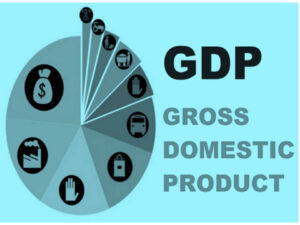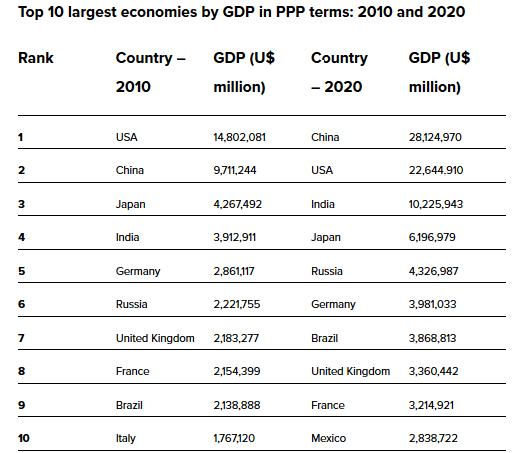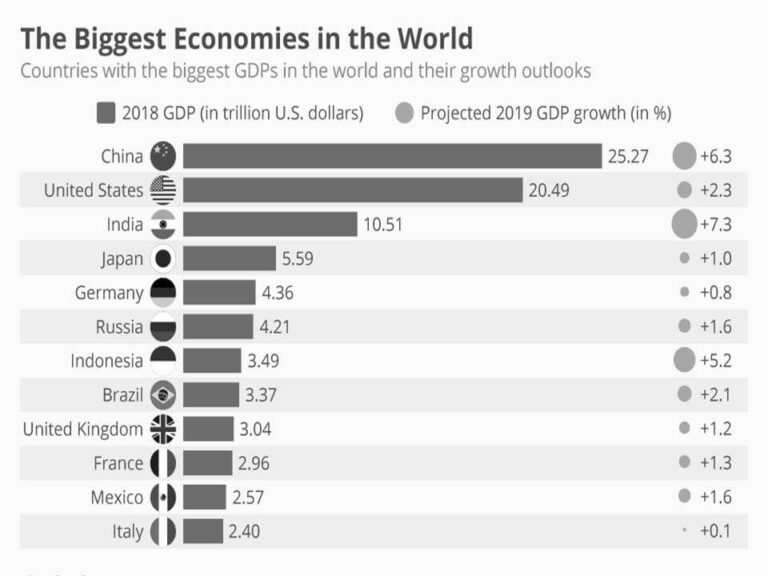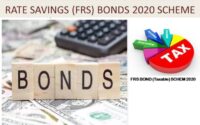India has less fiscal room to support economy; the rise in DEBT- GDP ratio to weaken credit profile
The ‘Fitch Ratings Agency’ an independent and renowned rating agency in the World published a report for India’s
DEBT – GDP ratio for financial years 2020 and 2021.
The Indian government has less fiscal room to support the economy compared to many of its peers and the country’s credit profile would weaken if a wider fiscal deficit increases the debt-GDP ratio, Fitch Ratings said on Wednesday.
Fitch Ratings indicated India’s debt-to-GDP ratio is likely to rise to 76 percent from 70 percent currently due to a wider fiscal deficit and low economic growth.

The report said economic activity in India has been hit hard by the COVID-19 pandemic, as in many other countries, especially those that have imposed lockdowns.
FY21 growth projection for India of 2 percent is subject to a high degree of uncertainty, stemming from the length of the lockdown period, the government’s and RBI’s policy response, and the evolution of the global pandemic itself.
Fitch Ratings earlier this month projected India’s FY21 GDP growth at 2 percent the slowest since the economy was liberalized 30 years back, joining a chorus of international agencies that have made similar cuts in growth estimates amid the coronavirus crisis.
Fitch Ratings said extraordinary measures have been taken in many countries, including strong fiscal responses to provide relief to those most affected by the pandemic.
The Indian government has less fiscal room to support the economy than many of its peers, however, given its high government debt of around 70 percent of GDP.
Lower projected GDP growth and a wider fiscal deficit will lead to an increase in the government debt/GDP ratio to around 76 percent in FY21, according to our latest calculations.
Further, Fitch suggested the government’s restraint so far in providing fiscal stimulus has helped avoid a further rise in the government debt ratio. However, an increase in the debt ratio may be inevitable if the economic situation continues to deteriorate.

In our evaluation of India’s rating, we will assess the impact of future fiscal measures on GDP growth and public debt. A material increase in the fiscal deficit that would cause the government debt/GDP ratio to be placed on a sustained upward trajectory would weaken India’s credit profile.
The Fitch also said the government has so far not announced its intentions to tighten fiscal policy again once the pandemic is under control.
India’s track record over the past decade with respect to meeting fiscal targets and implementing fiscal rules has been relatively weak.
However, Fitch had in December 2019 reaffirmed India’s ‘BBB-‘ rating with a stable outlook.
The International Monetary Fund (IMF) has slashed India’s GDP growth projection to 1.9 percent in 2020 from 5.8 percent estimated in January, as the global economy hits the worst recession since the Great Depression in the 1930s due to the raging coronavirus pandemic.
Similarly, the World Bank has estimated that India’s economy will grow between 1.5 to 2.8 percent in 2020-21 — the worst growth performance since the 1991 liberalization.
The Asian Development Bank (ADB) sees India’s economic growth slipping to 4 percent in the current fiscal (April 2020 to March 2021), while S&P Global Ratings has lowered its GDP growth forecast for the country to 3.5 percent. Moody’s Investors Service has also slashed its estimate of India’s GDP growth during the 2020 calendar year to 2.5 percent.

These figures compare to an estimated 5 percent growth rate in the 2019-20 fiscal that ended on March 31. The Indian economy also grew by 5 percent in the 2019 calendar year.
India has already announced a Rs 1.7 lakh crore relief package, Prime Minister Garib Kalyan Yojana, for poor, urban, and rural workers, and those in need of immediate attention to tackling the economic crisis arising due to COVID-19.
Industry, especially the MSME sector, has been demanding a package to tide over the impact of the coronavirus outbreak.
*image source from Google
Check More News on World Economy:



